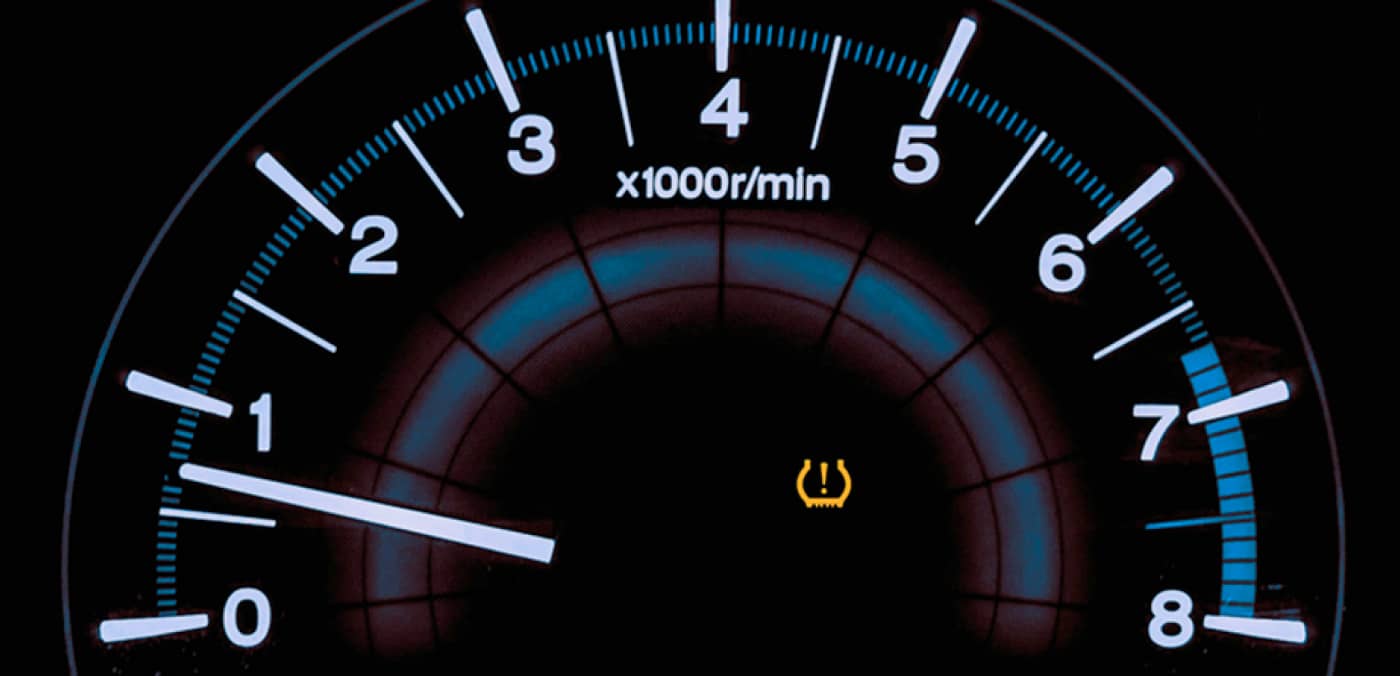Understanding the Issue
When your tire pressure sensor light starts flashing, it’s a sign that there’s a problem with your vehicle’s tire pressure monitoring system (TPMS). This system is designed to alert you when one or more of your tires are underinflated.
Common Causes of Flashing TPMS Light
There are several common reasons why your TPMS light might be flashing:
Low Tire Pressure: The most obvious reason is that one or more of your tires are underinflated. This can happen due to a slow leak, a puncture, or simply from driving on uneven roads.

Image Source: bridgestonetire.com
Checking Tire Pressure
The first step in troubleshooting a flashing TPMS light is to check the tire pressure. Use a tire pressure gauge to measure the pressure in each tire. Make sure to check the pressure when the tires are cold, as the pressure will increase slightly when the tires are warm.
Compare to the Recommended Pressure: Consult your vehicle’s owner’s manual to find the recommended tire pressure.
Troubleshooting TPMS Sensor Issues
If your tire pressure is within the recommended range but the TPMS light is still flashing, you may have a problem with one of your TPMS sensors.
:max_bytes(150000):strip_icc()/GettyImages-165655572-5aaff377fa6bcc00361f24fc.jpg)
Image Source: liveabout.com
Check for Obstructions: Make sure there are no obstructions, such as rocks or debris, that could be interfering with the sensor.
TPMS Module Issues
If you’ve ruled out low tire pressure and sensor problems, the issue may lie with the TPMS module.
Check for Diagnostic Codes: A mechanic can use a diagnostic scanner to check for any error codes related to the TPMS system.
Battery Issues
A weak battery can sometimes affect the TPMS system.
Check Battery Voltage: Have your battery tested to see if it’s in good condition.
Preventing TPMS Issues
To help prevent TPMS problems, follow these tips:
Check Tire Pressure Regularly: Check your tire pressure at least once a month, or more frequently if you drive long distances or in extreme weather conditions.
By understanding the common causes of a flashing TPMS light and taking steps to address the issue, you can keep your tires properly inflated and ensure a safe and comfortable driving experience.
tire pressure sensor light flashing
